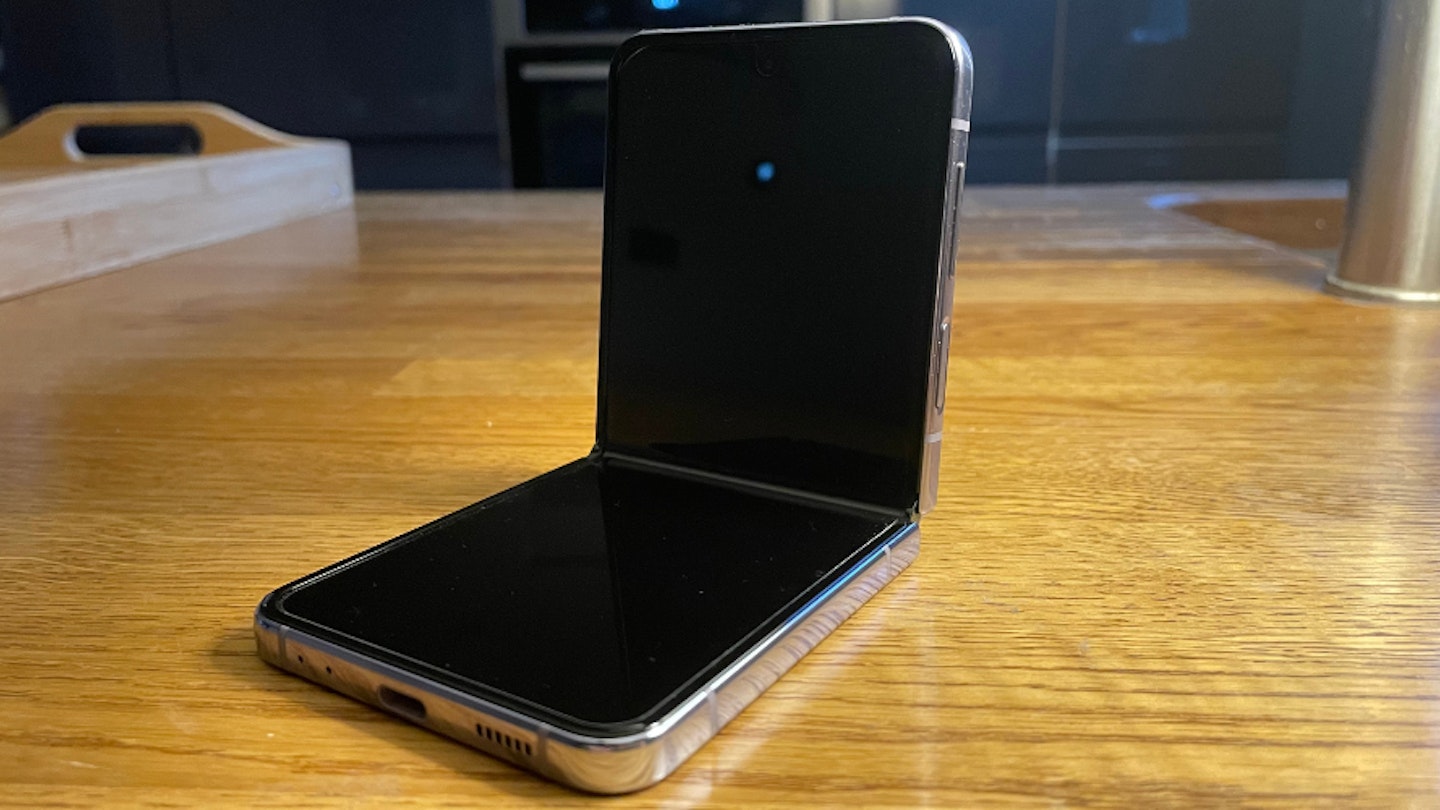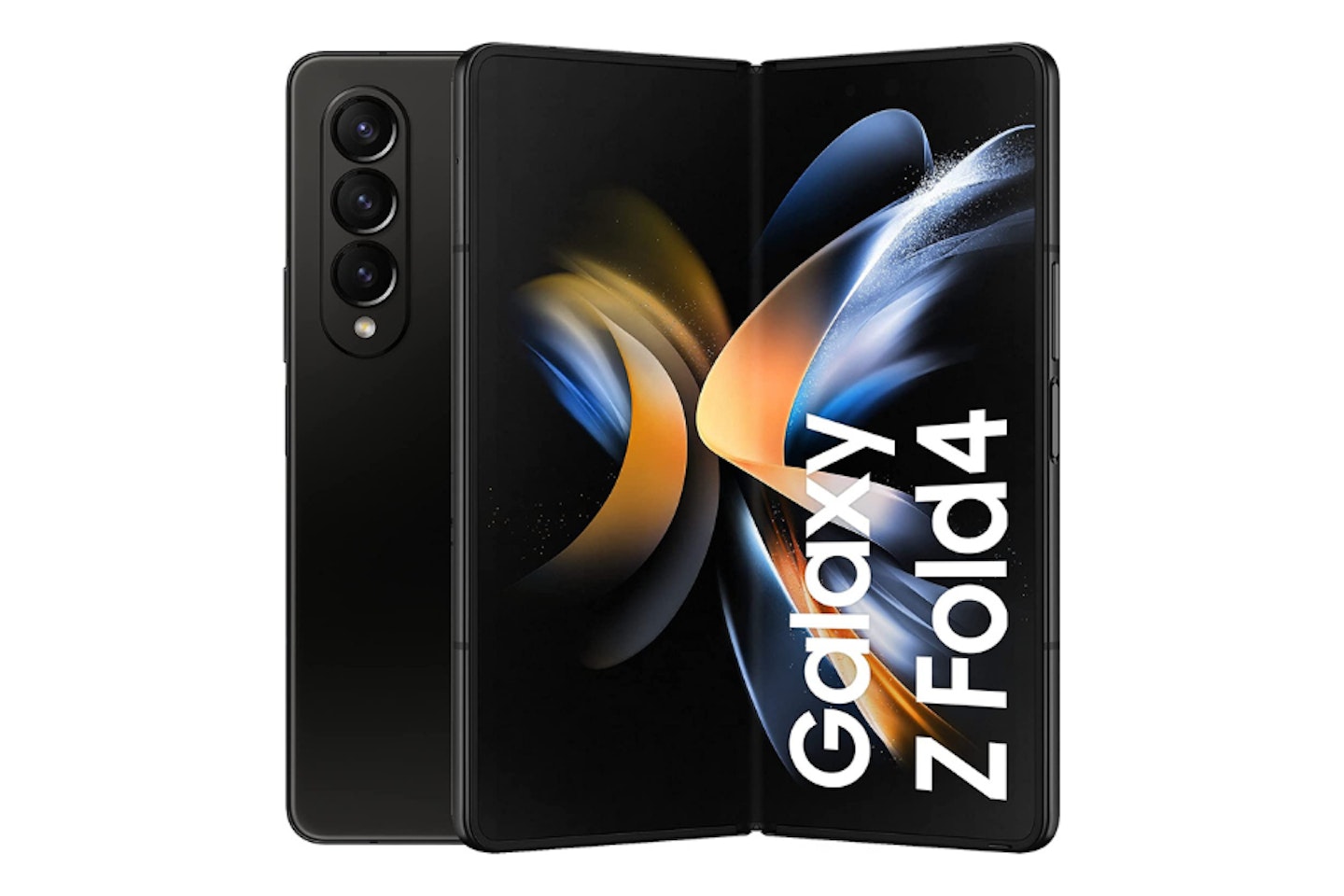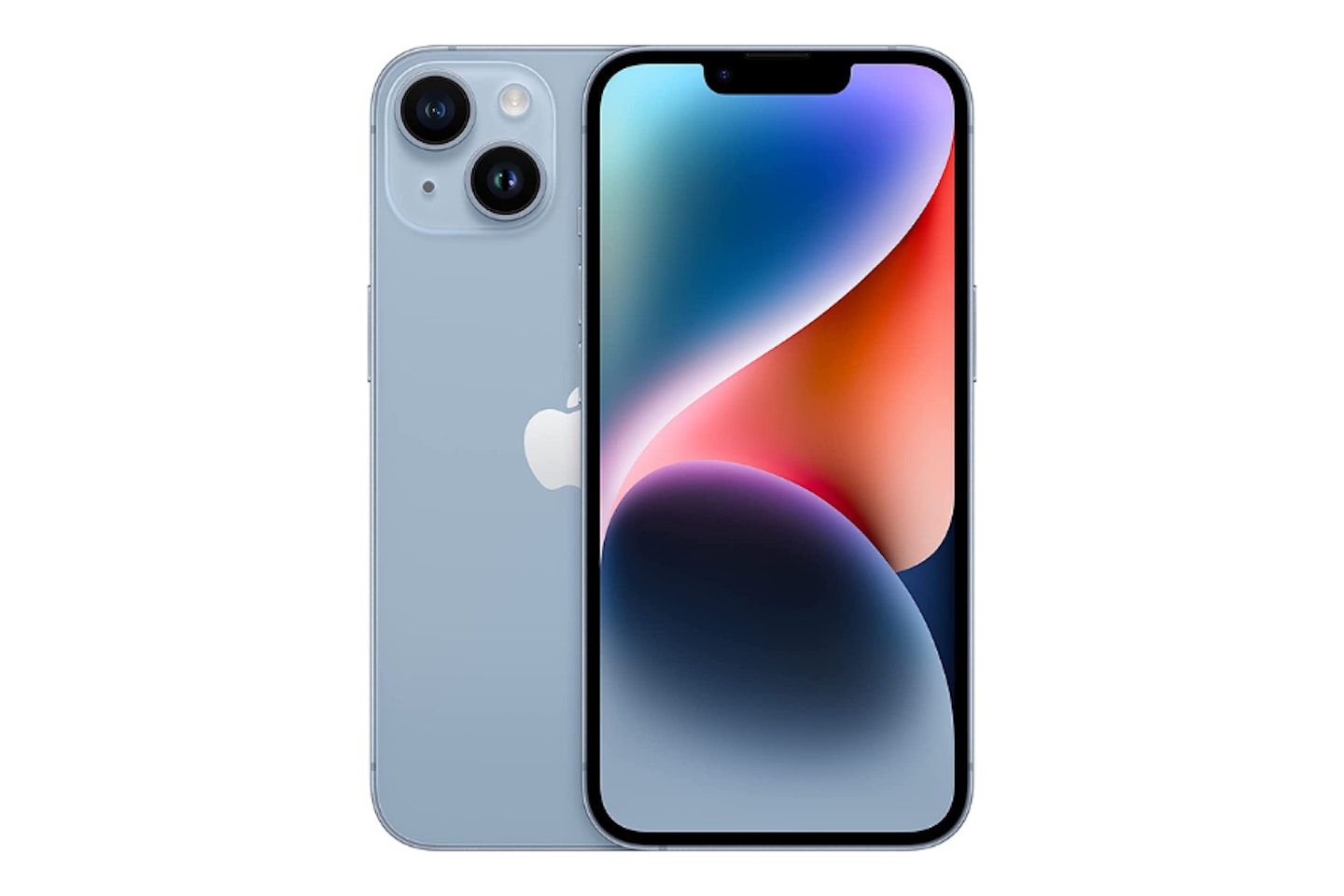A blend of the nostalgic flip phones of the 2000s and a mindblowing glimpse into the near future of bendable screen technology, Samsung's Flip4 phone offers a refreshingly innovative and exciting smartphone experience. Particularly enticing for fans and potential buyers right now, is an impressive 36 percent saving, making the Flip 4 an even more attractive option against competitors like the iPhone 14 and Fold 4.
I have had the thrilling chance to review Samsung's latest flagship Flip4 hands-on, getting to grips with its wealth of functions, features and design changes to discern whether or not this cutting-edge smartphone is worth its hefty price tag.
For something a little more affordable check out our guide to the best phones for under £300 this year.
My hands-on experience with the Flip4

Immediately out of the box, I noticed the extraordinary strength and durability of the Flip4. Of course, my first instinct was to try out the major draw of the phone itself and fold it in half, which noticeably required two hands to comfortably do.
My major concern with the folding phone was initially longevity, how long those hinges are going to last under countless flipping throughout the day, and yet, the sheer obvious sturdiness of the Flip4 erased any doubts I had in an instant. This is one tough folding phone, with considerably better hinges than even the Fold4 in my opinion, and I highly doubt that its flip feature will begin to flop anytime soon, even with prolonged use.
Aesthetically and ergonomically, Samsung's Flip4 smartphone feels considerably large with its 6.7-inch screen, despite being intended as a smaller version of its heftier cousin, the Samsung Fold4. But how does it feel while folded?
Needless to say, its folded form feels just incredible - reducing the 16.5cm screen to half its size at 8.5cm long, the Flip4 is perfect for snug pockets and small handbags whilst also being quite large when fully unfolded.
One, perhaps unavoidable design choice I picked up on, was the grooved screen at the hinge which became apparent after frequent use. For some, this disruption of a perfectly flush screen might be a hindrance, which in my mind I thought would be the case initially. Weeks of testing, however, proved that this was far from true, and I ultimately began to look past this minor drawback of an otherwise gorgeous design.
Going from my iPhone 12 to the Samsung Flip4 one of the most immediate improvements was the silky smooth 120Hz adaptive screen and the Qualcomm Snapdragon 8 Plus Gen 1 processor, which was an enormous technological leap for me, despite the Flip4's predecessor having the same refresh rate.
Instant app access, the wonderful gliding action between software - it's pure magic, and it brings gaming to a whole new level of satisfaction.
For something a little more gaming-oriented, we've got a great selection of our favourite phones made for gaming - best of all, they're affordable and powerful.
Design and features

In terms of design, Samsung's Flip4, despite its next-level folding technology remains fairly minimalistic and straightforward to get to grips with out of the gate.
Both the power and volume buttons are on the right side, with nothing on the left (aside from a sim card slot) as with the previous Flip generations, giving the design a simplistic feel that reflects its modern aesthetic well.
The power button, however, doubles up as a quick-action Bixby feature, to my dismay. Having used previous flagship Samsung smartphones from the Galaxy line, I've never been a major fan of Bixby and found it more of a nuisance than genuinely helpful, and not giving it a devoted button which I can avoid initially seemed like an awful idea.
Trying to turn the phone off, I noticed that Bixby would often pop up if I hadn't held the button for enough time, which was less than thrilling.
Thankfully, however - Bixby can be disabled, so your power button remains a power button - a setting I think many would prefer from the often irritating Bixby.
One of my favourite features of Samsung's Flip4 must be its small touchscreen on the front which is far more than a glorified clock.
With this dedicated screen, you can take photos, activate apps such as torchlight, look at calendars, and even add animated backgrounds to give your Flip4 that next-generation feels. It's just that good.
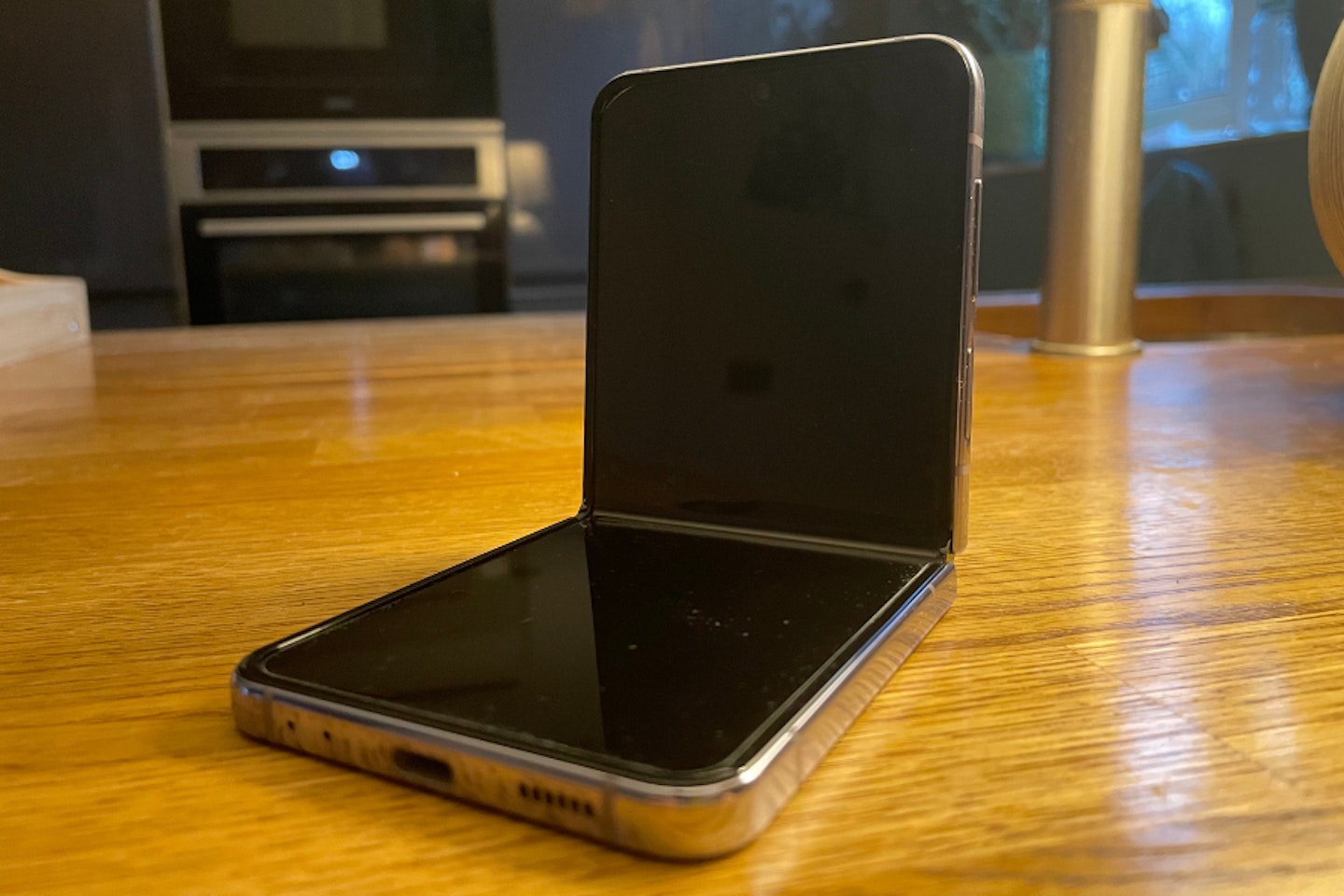
For more Flip4 techy goodness, there's the semi-folded photo mode, which is a game-changer for video calls. I've found myself rarely holding the Flip4 during those late-night natters with friends and relatives, giving me the freedom to walk about freely without the need of a book stack to lean my phone against. It's such a small, but brilliant innovation that I can't see myself going without again.
As for its camera - its double 12MP camera (which is on par with the iPhone 14's picture resolution), pictures are pretty fantastic with plenty of balance, looking particularly brilliant with plenty of light, and sometimes fairly grainy in a low-light environment.
The double camera comes equipped with a 10x zoom, amongst plenty of other picture-taking modes to ensure you've got the perfect shot - coupled with the versatility of the folded mode camera, and the Flip4 is perfect for Instagram streaming, comfortable selfies, and talking to friends hands-free.
Another huge draw for the Flip4 is its incredible 3700 mAh battery life (that's about 56 hours of audio listening, or about 10 hours of constant use), making it perfect for the working day, where having battery life in your phone can be crucial for getting through the day, and with fast-charging, you can charge your phone by 50 per cent in under 30 minutes, so no more desperate charging before you head out.
Audio on Samsung's Flip4 is also incredibly consistent, whether it's listening to YouTube videos or blasting tunes - you can expect clarity, bass and plenty of volume.
Any downsides?
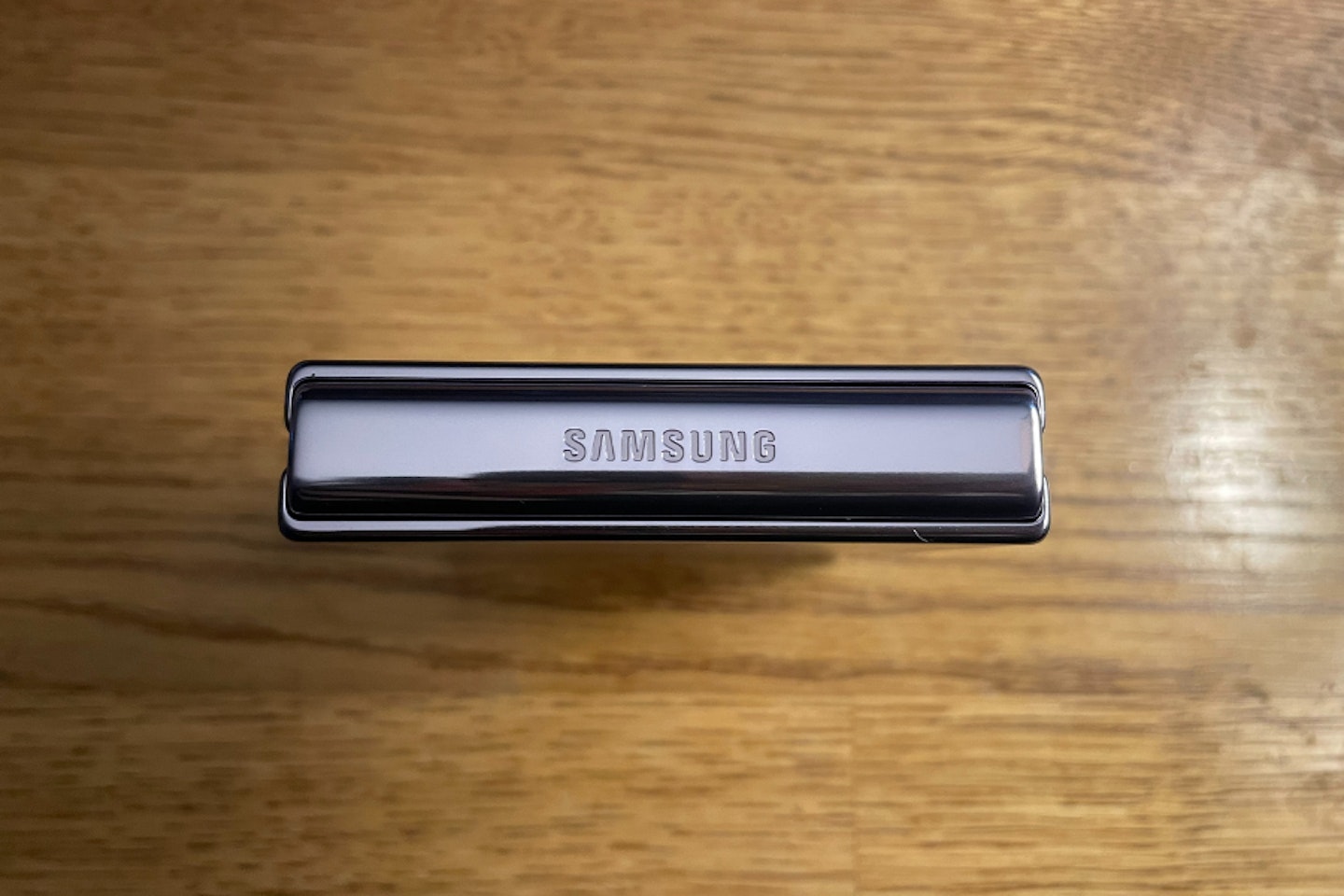
While most people won't take notice of my personal issues with the phone, as they are minor, I still think they're worth your consideration when investing in a rather expensive top-of-the-line smartphone.
My first major issue arises when you look at the main differences between Samsung's Flip3 and the Flip4 and how big of a difference there is between the generations.
And the real truth of it is - there really isn't a massive difference between them at all. Yes, the bezels are thinner, the battery's better, and the hinge feels tougher and smaller, but these changes don't feel like major leaps in technological advancement, but in all honesty, that's to be expected.
The trend with modern phones is innovation - incremental changes to designs that show a steady, marginal improvement over time. When comparing the first Flip phone to this latest generation, the change is massively obvious - but to charge nearly £1,000 for a phone with little difference from its predecessor should frighten off Flip3 users tempted by an upgrade.
And yet, for those who haven't yet experienced the Flip, looking for a change from the same boring slab phones - I couldn't recommend the Flip4 enough.
Price and competition
As for its price, next to other high-end smartphones such as the iPhone 14 (retailing at £1,400 and reaching upwards of £1,700) as well as Samsung's Fold4 with the price of the basic model being £1,649, you can safely say you've got one of the more affordable smartphones of the year.
This isn't to say that it's a cheap smartphone, far from it. £1,000 is a large investment into a phone - but if you're looking for cutting-edge folding technology, with more style than countless other competing smartphones - the Flip4 is a great choice for you.
Powerful, unique, and sturdy - it's an all-around perfect choice for a next-generation smartphone. My only caveat with deciding to purchase the Flip4 is to perhaps consider waiting if you've already got the Flip3 - which doesn't have a whole lot of difference in terms of design, performance and features.
Huawei is a popular, and yet underrated brand. You can pick up one of the best Huawei smartphones at a fraction of the cost of the competition.
Verdict
Samsung's Flip4 continues the bold trend in folding phone technology with ease and sophistication. My experience with the Flip4 has been a joy, and to say that it gives Apple's lineup a run for its money is an understatement.
Everything from its cameras to its sound, to the main hook - its folding feature are oozing with quality, and for our money, we'd rather have the convenience of the flip phone than the gargantuan half-tablet design of the Fold, it's just that good.
For newcomers to the Flip range, I cannot recommend the Flip4 enough, but for owners of the Flip3, you just might want to wait for another generation before upgrading again.
Pros
- Sturdy
- Great camera
- Adaptive 120Hz display
Cons
- Expensive
- Not a lot of changes from the previous generation
| Folded Dimensions: | 8.49 x 7.2 x 1.4cm (L x W x D) |
| Unfolded Dimensions: | 16.5 x 7.2 x 0.7cm (L x W x D) |
| Cover Screen Dimensions: | 1.9-inch |
| Unfolded Screen Dimensions: | 6.7-inch |
| Battery: | 3700 mAh (around 10.7 hours of constant use) |
| Dual Camera: | 2 x 12MP cameras |
| Refresh Rate: | Adaptive 120Hz |
| Waterproofing: | IPX8 water-resistant, 1.5m of water for 30 minutes |
More items to consider
How we tested the Samsung Flip4
In order to test the Samsung Flip4 thoroughly, I used it instead of my own phone for a few weeks, transferring my data from my iPhone 12 to the new device and using it throughout my day-to-day life. I also tested the camera thoroughly and got stuck into some mobile gaming on the side.
